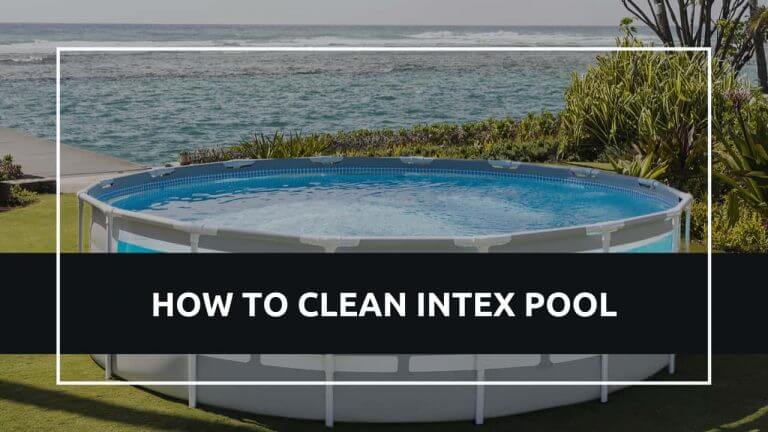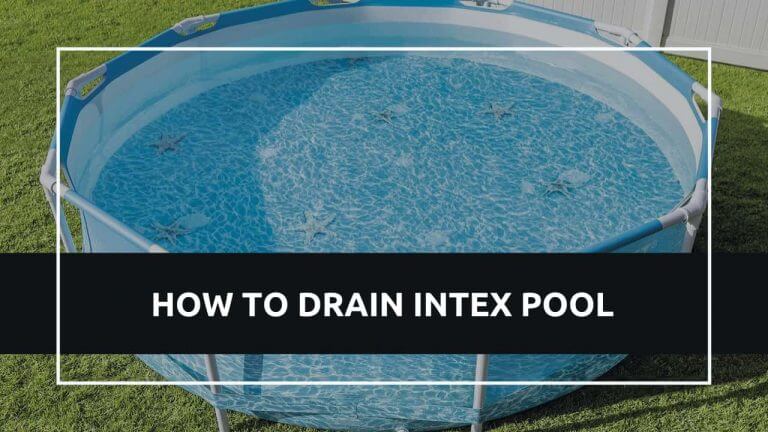How To Install A Livewell Pump
A livewell pump is normally found in many fishing boats and the major role it plays in is keeping the caught fish and the bait alive all along. It does this incredible work by pumping fresh water from surrounding waters into the tank and then goes further and keeps the water aerated. A livewell pump is normally made of materials that are not toxic to ensure the fish and bait in there can stay alive for prolonged periods of time.
Other than the size and water circulation there are other factors that a livewell pump must meet. They are, Removing metabolic waste and maintaining proper temperatures. The waters must be below 24 degrees Celsius.
How does it maintain proper oxygen levels?
Maintaining adequate oxygen levels in a livewell pump is very critical. The level must be above 5 parts per million. It does this work by using electric aeration systems and oxygen levels are maintained.
The livewell pump facilitates the transportation of live aquatic animals in a very convenient manner. Maintaining healthy minimal safe water quality standards in the live well pump is critical and necessary to safeguard the lives of the caught aquatic animals.
The reason why these livewell pumps have become increasingly popular in recent years is that people are becoming fond of the fishing sport. Their aim not generally to catch fish as food but for recreational purposes which includes posing a picture with the caught fish and then releasing them into the waters once again. People are even organizing tournaments like for instance the bass tournament. Here you will compete on making big catches and then releasing them into the water once again. Being able to keep this big bass alive and then releasing it to the wild considering is weight calls for the right equipment. Livewell pumps ensure you make successful catches and release without endangering the life of the fish.
Caution before installing a livewell pump
Installing a livewell pump

Start By Locating The Spot Drill
Sighting the right spot where you drill a hole is of utmost importance before installing the live wire pump. For you to avoid costly mistakes ensure the spot location is below the water line when the boat is stationary. You should also clearly check if there is enough space in your boat for installing the pump fittings.
Drilling The Hole
After identifying the right spot go ahead and drill a hole of a diameter of one inch.
Proceed And Fix The Rubber Gasket
You should have a white rubber gasket well placed on the threads of the fittings. Then you can easily slide the threaded fittings via the hole. At this juncture, the pump is well placed inside the boat and the rubber gasket is between the lift pump and the boat.
Roll In The Pipe Tape, And Tighten The Screw Nut
Use the pipe tape on the threads then sew on the nuts and ensure they are tight. However, do not over tighten. Then you can use silicone to seal the drilled hole and also around the nut and screw.
Do The Necessary Connections By Linking The Pump With Wires
Ensure you make good connections and use a good type of wire. Then ensure a brown wire is connected to the right switch. At this stage ensure you eradicate any errors for they can be costly. Then go ahead and connect the switch to a fuse of the right size. Then go ahead and connect the fuse to the battery and you are good to go.
Eradicate Fittings That Are Not Necessary
Use a saw to do that especially if some fittings have excess lengths.
Conclusion
Installing a livewell pump is not a very difficult task. If you follow the above steps well then you will do it without any problems. In fact, you will not believe it when you find out you have done it so well without the help of a marine mechanic.


Aah, Thank you very much. My dad’s a fisherman, He Is not home and told me to install a Livewell pump on the boat. But I thought I Would not be able to install one. But This guide makes it so easy and simple. Step by step procedure. Very well written and formed. Informative and helpful blog.